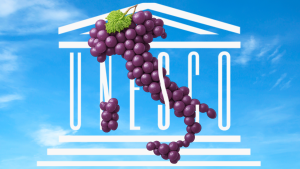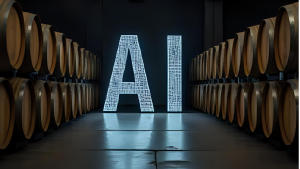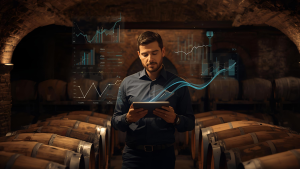How to structure the website of wineries, distilleries and breweries to maximize the customer experience.
Let’s see how to structure the website to ensure that customers are guided smoothly from the first click to the purchase. Below you will find some practical tips for creating an effective site, capable of converting visitors into loyal customers.
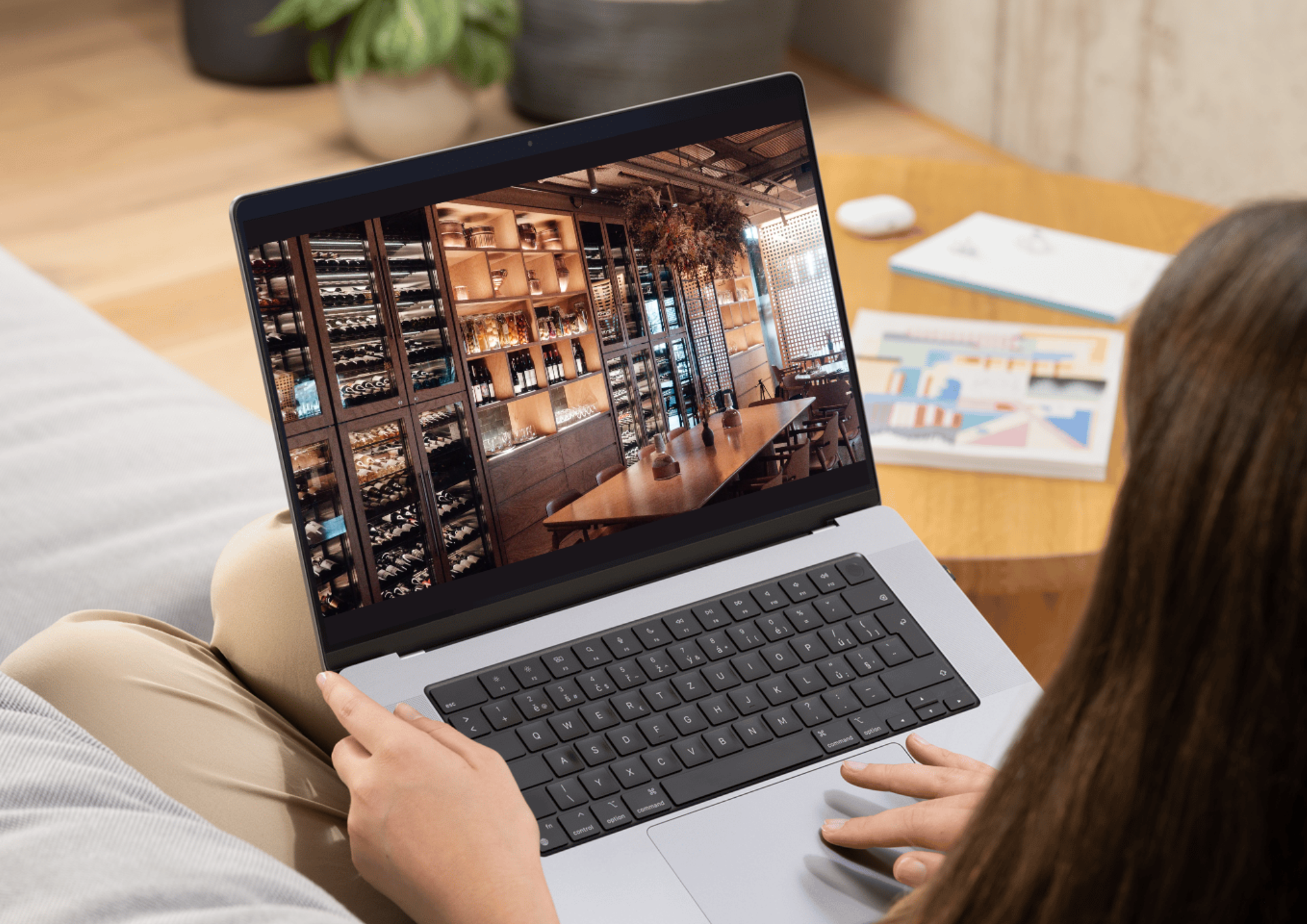
An attractive banner on the home page
The banner is the first thing the visitor sees. It must be engaging and immediately convey your company’s core message.
> Use a high-quality image that represents the heart of your business, an emotional image of your product.
> Add calls-to-action such as “Discover our excellence” that invite the visitor to learn more.
Single site and not multiple sites
Having many pages open while browsing is anything but pleasant for the web user.
> Make sure you offer a streamlined and direct experience, managing everything from your site without ending up on other platforms.
Intuitive and organized navigation
A good user experience also comes from an easy-to-use menu. Avoid inserting too many items and make the navigation path clear and linear by inserting graphic navigation suggestions such as arrows and stickers that guide the customer where you want to take them.
> Structure the menu with a few main items (e.g. About us, Our products, Visits and experiences, Shop) and make the subcategories visible only when necessary.
> Insert an internal search engine to facilitate the search for specific products.

Detailed product sheets
Each product must have a dedicated card that tells its story. These cards must be clear, informative and engaging.
> Enter a detailed description of the product, high-quality photos and pairing suggestions, don’t forget to be as detailed as possible so as to satisfy the curiosity of every customer, from the novice to the sommelier. If possible, add videos or short interviews with your top winemaker that tell the story of your excellence.
> Include prominent “Add to Cart” buttons and clear information about shipping, payments and terms of sale.
Smooth shopping cart and checkout process
The shopping cart is the final point of conversion, so it must be simple to use and run smoothly. Many potential customers abandon the purchase right at the checkout stage if they encounter difficulties or unclear information. Proceeding with the order and realizing that the destination country you just selected cannot be reached, for example, creates disappointment for your customer.
Make sure the cart button is always visible at the top right of the site, and that it is easy to access the purchase details.
The checkout process should be intuitive and require as few steps as possible.
> Add different payment methods, including more modern options such as Apple Pay, GooglePay or methods that do not require entering a thousand codes and numbers (e.g. Face ID). Also make sure that the payment methods provided give confidence to any potential buyer.
Strategic Call-to-action and promotional offers
Spreading calls-to-action (CTA) throughout the site is essential to guide the customer to purchase. In addition to CTAs like “Learn more” or “Buy now”, use promotional offers to encourage immediate purchase. Even possibilities related to the wine club, such as the periodic sending of products based on seasonality, allow you to enter into the customer’s daily life, thus creating a bond that is difficult to forget.
> Add offers on the homepage or in pop-up banners, such as discounts for those who sign up to the wine club.
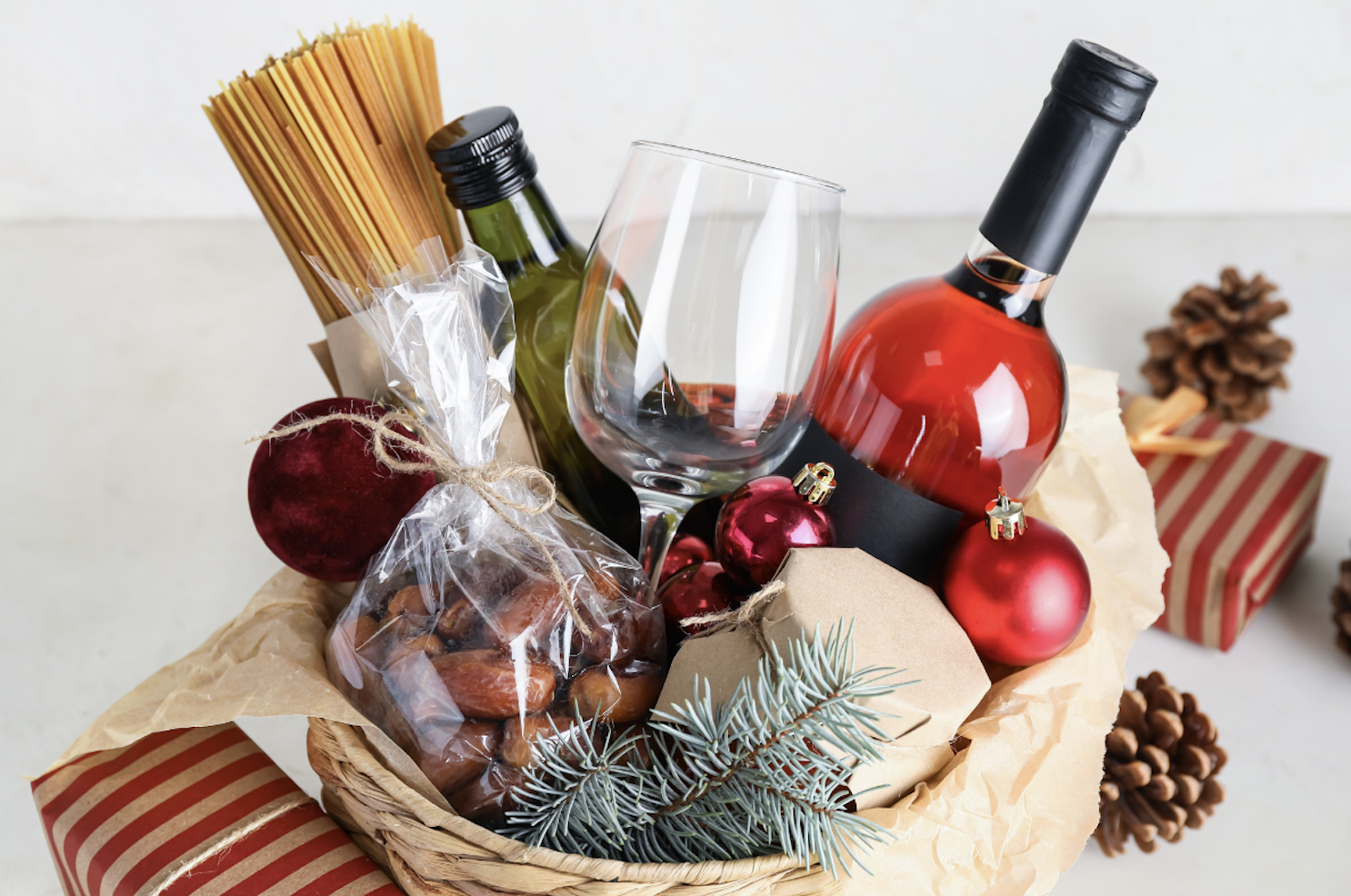
Ease of contact and customer support
There is nothing more frustrating for a customer than trying to get in touch with a company and not finding a way to do so.
> Insert a contact button, offer different communication channels such as email, telephone number and contact form.
Mobile friendly: the smartphone experience counts!
More and more purchases are made from smartphones, so the site must be optimized for mobile devices. This means that images must load quickly, texts must be easily readable and buttons easy to click.
> make sure the site is responsive, that is, it automatically adapts to all devices. Test the mobile purchasing process regularly to ensure there are no hitches.
Easily shareable content.
Nowadays we know, contents are shared with anyone, offers, images and links are the basis of chats. Pay attention to sharing continuous references on your business’s social profiles, giving everyone the opportunity to download material or be able to forward it to friends and relatives. Don’t limit word of mouth!
Live Experiences and Guided Tours
Many wineries, distilleries and breweries offer live experiences such as tastings or tours. Promoting these experiences directly on your site is a great way to engage customers on a personal level.
> Create a page dedicated to live experiences, with detailed tour descriptions, photos, videos and the possibility of immersive online experiences to direct the customer to a targeted purchase. Also offer the option to purchase gift cards to make these experiences perfect for any occasion.

Conclusions
Your Site as a Sales and Engagement Tool
Structuring a site effectively is not just an aesthetic issue: it is a way to improve the customer experience, tell your story and increase conversions. With an engaging banner, well-curated product sheets, an intuitive cart and simple navigation, you will transform your site from a simple showcase to a real sales and marketing tool.
If you’re ready to improve your customers’ online experience, start optimizing your site structure today!

